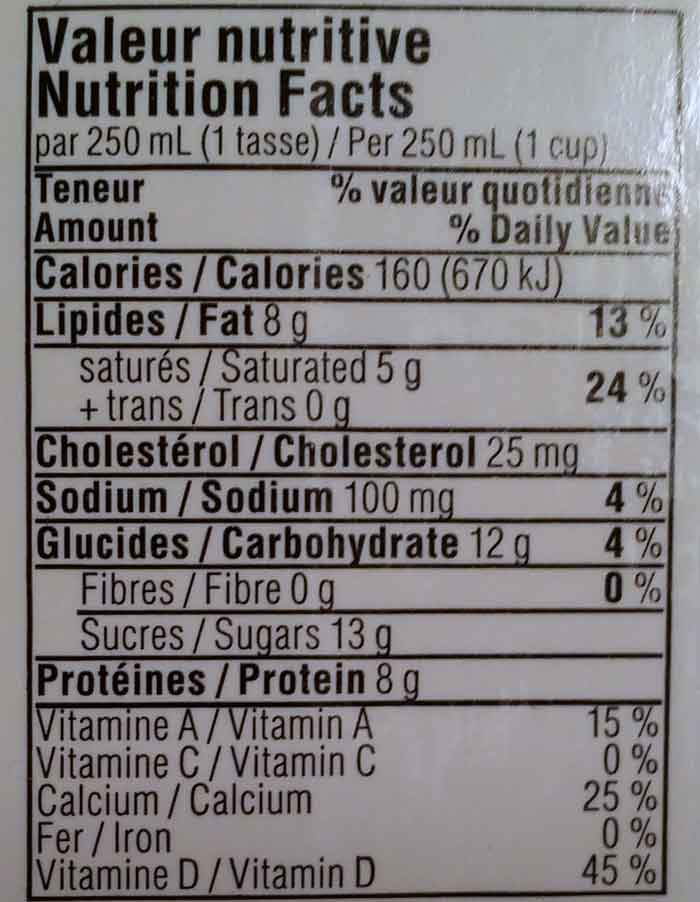The prior post asserted there exists significant seasonal variation in the exposure to solar UV radiation. Persons residing at 45 degrees North latitude are therefore likely to have minimal exposure to UV solar radiation during the winter photo-period. This post introduces a proxy for UV exposure and provides data in regard to a possible UV exposure deficiency.
According to Wikipedia Vitamin D represents “a group of fat-soluble secosteroids responsible for enhancing intestinal absorption of calcium, iron, magnesium, phosphate, and zinc.” Vitamin D represents a hormone not normally available through dietary intake. In Canada, dairy milk is fortified with Vitamin D but adults typically depend on dermal synthesis via exposure to UVB radiation. UVB is a wavelength in the range from 280 to 315 nanometers, a range outside the visible spectrum. Further review of the electromagnetic spectrum, and human sensitivity to UV light, is the topic of a future post in this series.

Figure 1 – Vitamin D Supplement in Liquid Milk
Exposure to the sun for “5-30 minutes twice per week” (Wikipedia idem) is sufficient to maintain an adequate level of Vitamin D. Window glass blocks UVB radiation so direct exposure to sunlight is required for dermal synthesis. Vitamin D is not stable under heat and when foods are cooked between “10% to 50% of Vitamin D is lost ” (Wikipedia idem). While Vitamin D is present in egg yolks, and fatty fish, these sources are likely to be significantly reduced through cooking.
Because Vitamin D levels are largely dependent on solar exposure, it is possible to employ serum Vitamin D as a direct proxy for exposure to solar radiation including the non-visible UV spectra. This utilization of Vitamin D levels as a proxy is confounded by the numbers of adults who obtain their full dietary requirements through the ingestion of liquid milk. Nevertheless, the proxy should provide a reasonable indication of UV exposure within the population.
Statistics Canada Catalogue no. 82-624-X provides information on the Vitamin D blood levels of Canadians taken from the Canadian Health Measures Survey. According to this publication: “About 40% of Canadians were below the cut-off in winter, compared with 25% in the summer.” The charts in the following figures are taken from this Statistics Canada web resource.

Figure 2 – Canadians above and below 50nmol/L by age group

Figure 3 – Percentage Canadians at selected vitamin D cut-offs, by season
The data support the contention that residents of Canada experience a period of reduced exposure to solar UV radiation during the winter months. If UV radiation exposure is required for the pineal gland to conjugate sulfate to melatonin and thereby deliver a critical neuroprotective benefit, then it is likely that a significant proportion of Canadians are deprived of this form of neuroprotection during the winter months.
It is noteworthy that that the number of mTBI victims who meet the diagnostic criteria for Post Concussion Syndrome ranges from 15% to 20% of all mTBI victims. This is roughly comparable to the percent of Canadians shown to experience a deficiency in Vitamin D during the winter photo-period. Correlation does not imply causation. It does however give grounds for reflection, and further investigation.
—————————————
Note
The header image displays the illumination found on January 6th, 2015 at 1323 hours.
Posts in the PCS Sequence
PCS Thesis – Index
PCS Thesis – The Accident
PCS Thesis – Injury Modalities
PCS Thesis – The Pineal Gland
PCS Thesis – UV Index
PCS Thesis – UV Index 2
